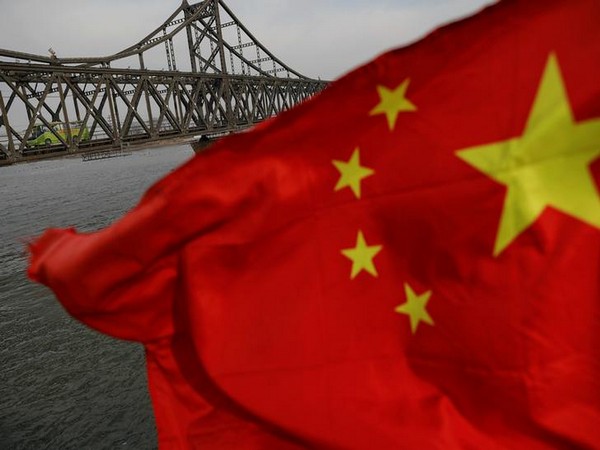According to a UN report, the demographic imbalance in China is likely to have far-reaching implications for the economy including labour shortages, rising employment costs and weakened spending power which would be a drag on economic growth.
China’s working-age population between 16 and 59 years has been falling by an average of 0.14 per cent annually between 2011 and 2022 and the annual average decrease is expected to decelerate further to 0.83 per cent between 2022 and 2035. The working-age population fell to 62 per cent of the population at the end of 2022 from 62.5 per cent a year earlier. According to UN data, China is projected to have a workforce size of less than 400 million by 2100.
HSBC Chief Asia Economist, Frederic Neumann, said that the Chinese economy is entering a critical transition phase, no longer able to rely on an abundant, cost-competitive labour force to drive industrialization and growth.
Robert Blohm, a Toronto-based Economist and Managing Director of the investment firm ‘Keen Resources Asia’, believed that China’s demographic decline is the single biggest factor driving down its economic growth.
China is getting old before it gets rich, having has major implications for the economy as revenues drop and government debt increases due to soaring health and welfare costs. The slower growth rate, shrinking labour force and expected reduction in tax revenue due to
ageing and shrinking population would create a substantial financial burden on the government budget and make it difficult for China to meet its ‘Sustainable Development Goals’ (SDW).
China’s era of double-digit growth is almost certainly over and the growth rate that the country would manage in the coming years is largely depending on how it adapts to the structural challenges of its economy. China’s previous growth model based on cheap and abundant labour is no more valid and the future is unclear. The loss of human capital would imply fewer entrepreneurs, innovators, and skilled workers to fuel the economy and spur economic growth. Labour shortage and subsequent increases in labour costs would make it more difficult for Chinese companies to compete in the global market.
Already China is facing a shortage of highly skilled workers, particularly in the technology, healthcare and engineering sectors. This would be a major challenge for Xi Jinping’s ambitious plans to make China the world’s largest economy and dominant superpower.
There would be other potential social implications for China as its social security system would come under strain as there would be fewer workers to fund surging pensions and demand for health care due to the ageing population. Shrinking labour and a rapidly ageing population will impact contributions to the country’s massive pension system. An ageing population and declining workforce could lead to increase social security costs.
China’s working age-to-dependency ratio increased from 37 per cent in 2010 to 45 per cent in 2021, meaning that for every 100 people, 45 required support. There would be increasing demand for healthcare, eldercare services and related products seeking significant investments. China is facing a dilemma of allocating scarce resources among competing needs of various sectors while maintaining economic growth.
Despite the Government’s efforts to increase coverage of health services after Covid19, the country’s healthcare system is still highly inefficient, unequally distributed and inadequate. This would require a large investment in the future as China has struggled to keep pace with the speed of demographic and economic changes. According to Cai Yong, a Sociology Professor at the University of North Carolina who studies Chinese population issues, since Chinese people are living longer and the number of working-age, wealth-generating adults is contracting, the cost of education, health care and pensions are likely to climb to 25 per cent of GDP by mid-century from 15 per cent.
On the other hand, India is well positioned and has the resources of its demographic dividend of a large working-age population in absolute numbers (1.1 billion) and proportion (75 per cent) than any other major economy to take advantage of the situation and influence trade and investment flows and upend the global balance of power.
Already due to the disruptions from COVID-19 and rising geopolitical tensions with the West, industries and investors are looking for other destinations other than China for their supply chains and plants. Higher labour costs, driven by the rapidly shrinking labour force and a Western shift away from China due to geopolitical reasons are set to push low-margin, labour-intensive manufacturing out of China to labour-abundant countries such as India.
India is also an attractive destination due to its large market for goods and services. India has the potential to replace China as the world’s factory as the present educated Indian young generation has become the largest pool of global talent and the most attractive consumer and
labour source. Recently, Foxconn signed an agreement with Vedanta to invest USD 20 billion in setting up the country’s first private semiconductor and display production plant in Gujarat is an indicator in this direction.

